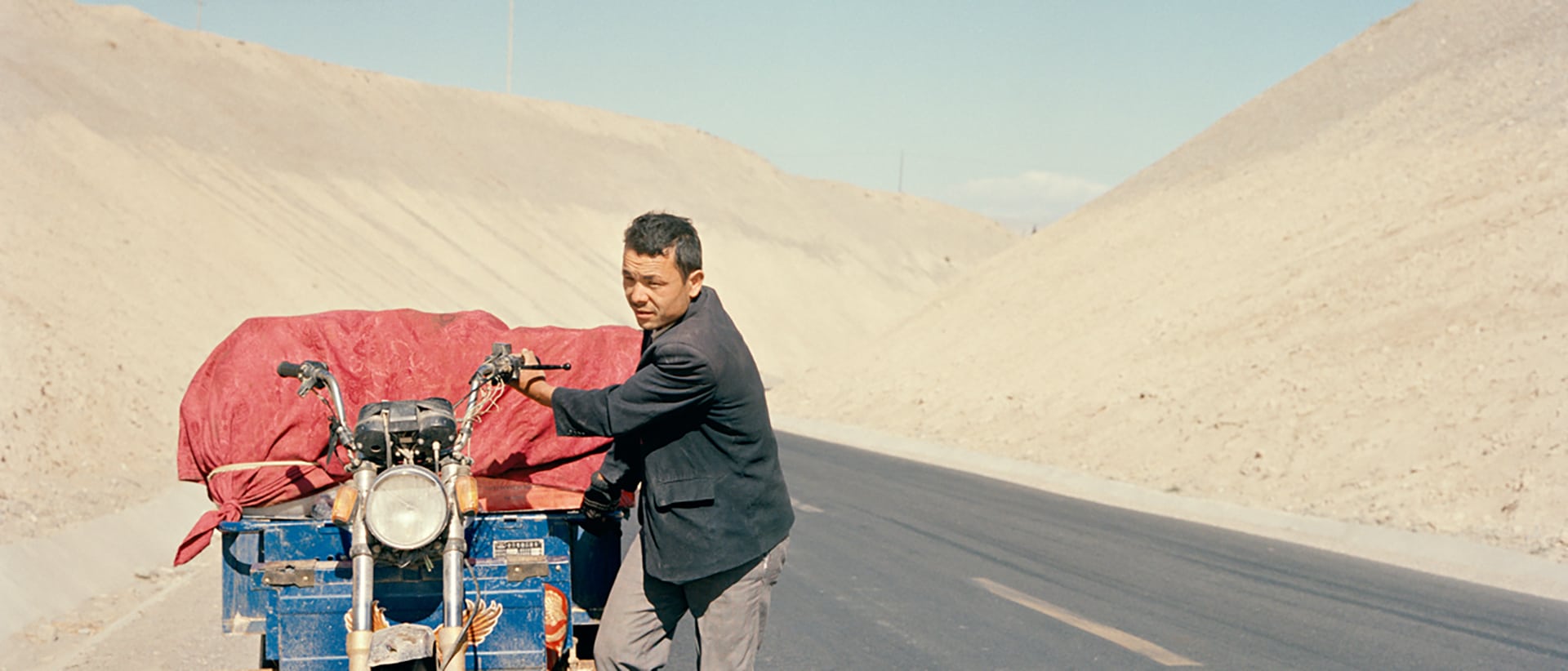In an exquisite volume published by Éditions André Frère, the photographer Mathias Depardon sheds light on Turkish culture and identity that extends beyond the country’s borders, evoking the hegemonic aspirations of the Ottoman Empire in a contemporary context.

You’re getting blind.
Don’t miss the best of visual arts. Subscribe for $9 per month or $108 $90 per year.
Already suscribed ?



